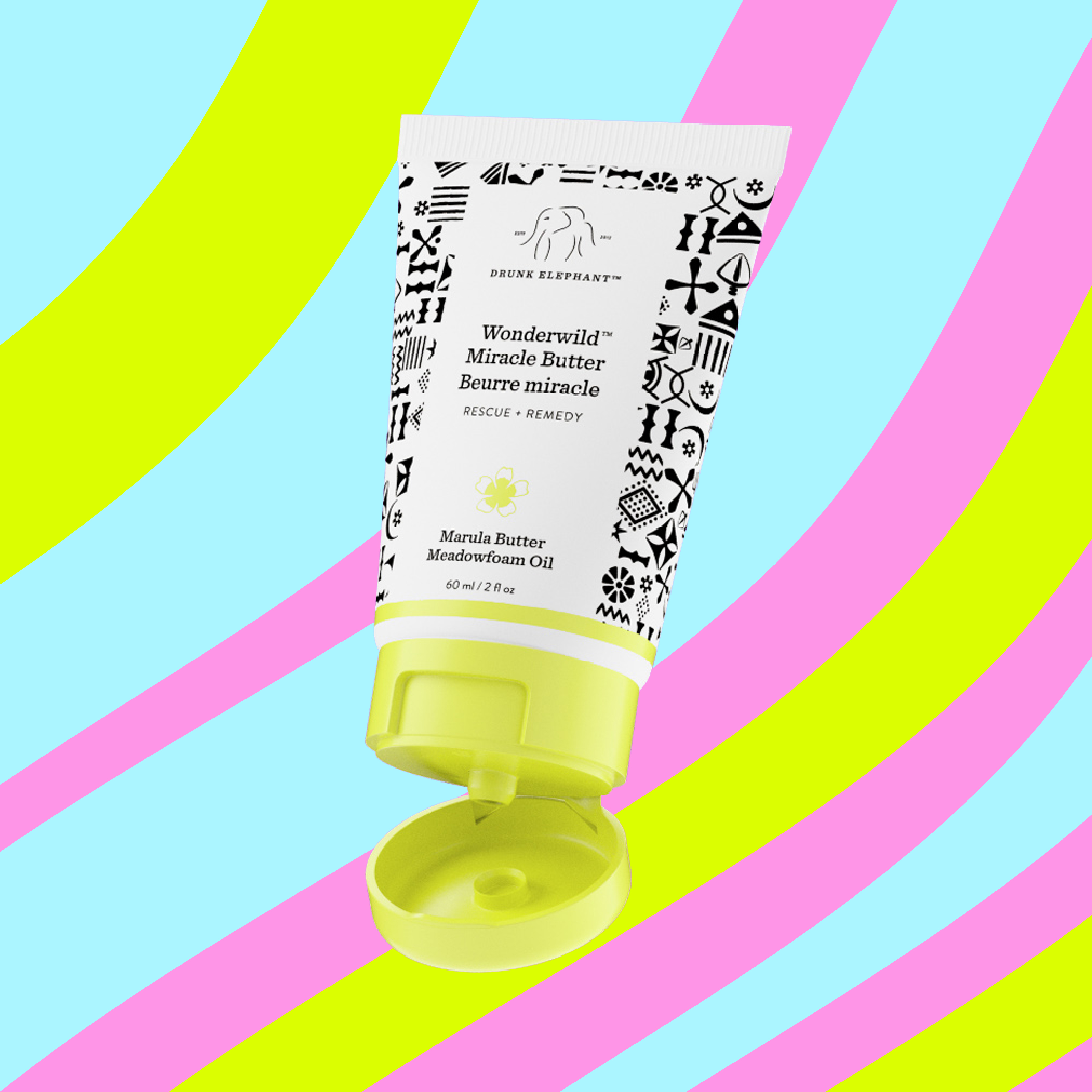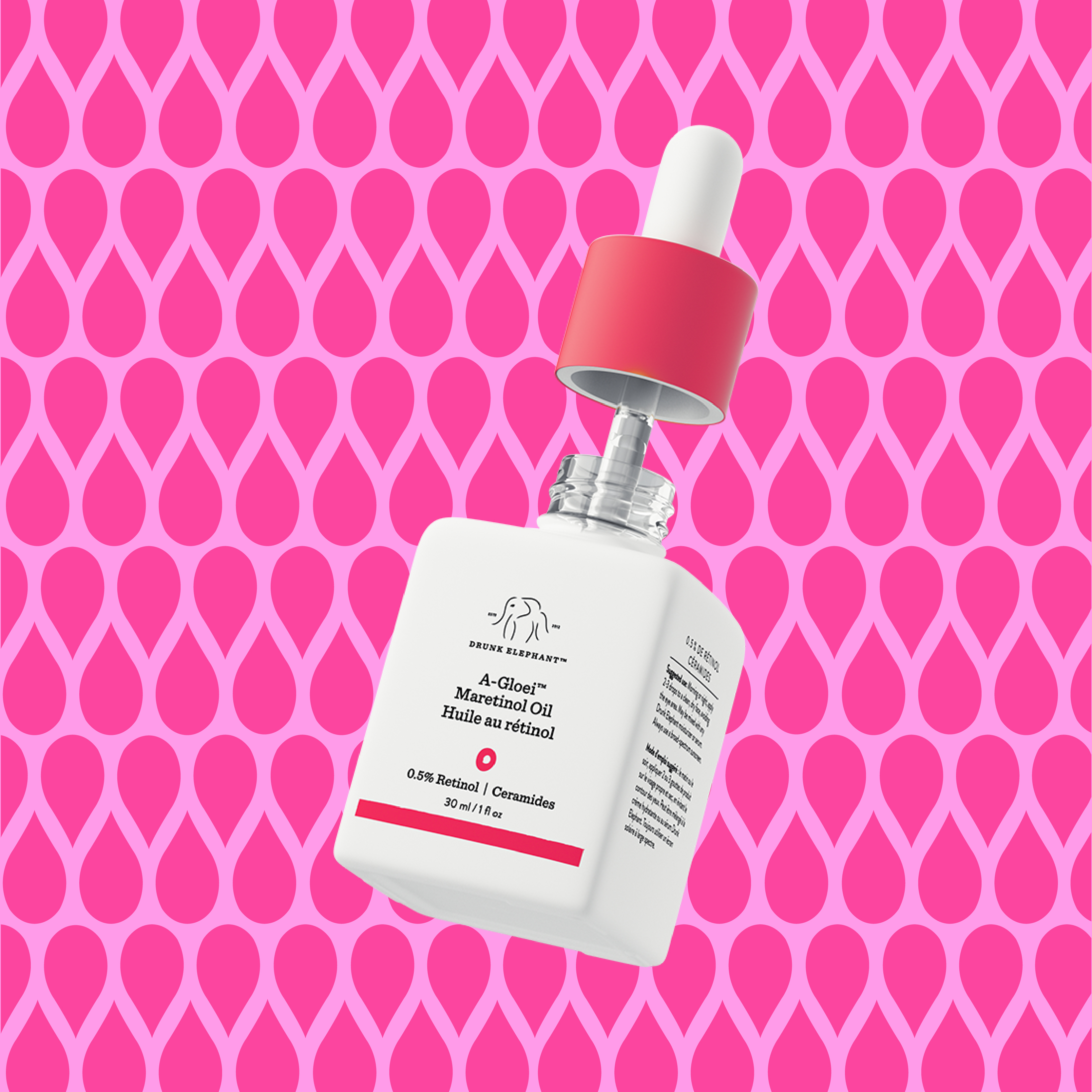The Suspicious 6: Our Unique Philosophy
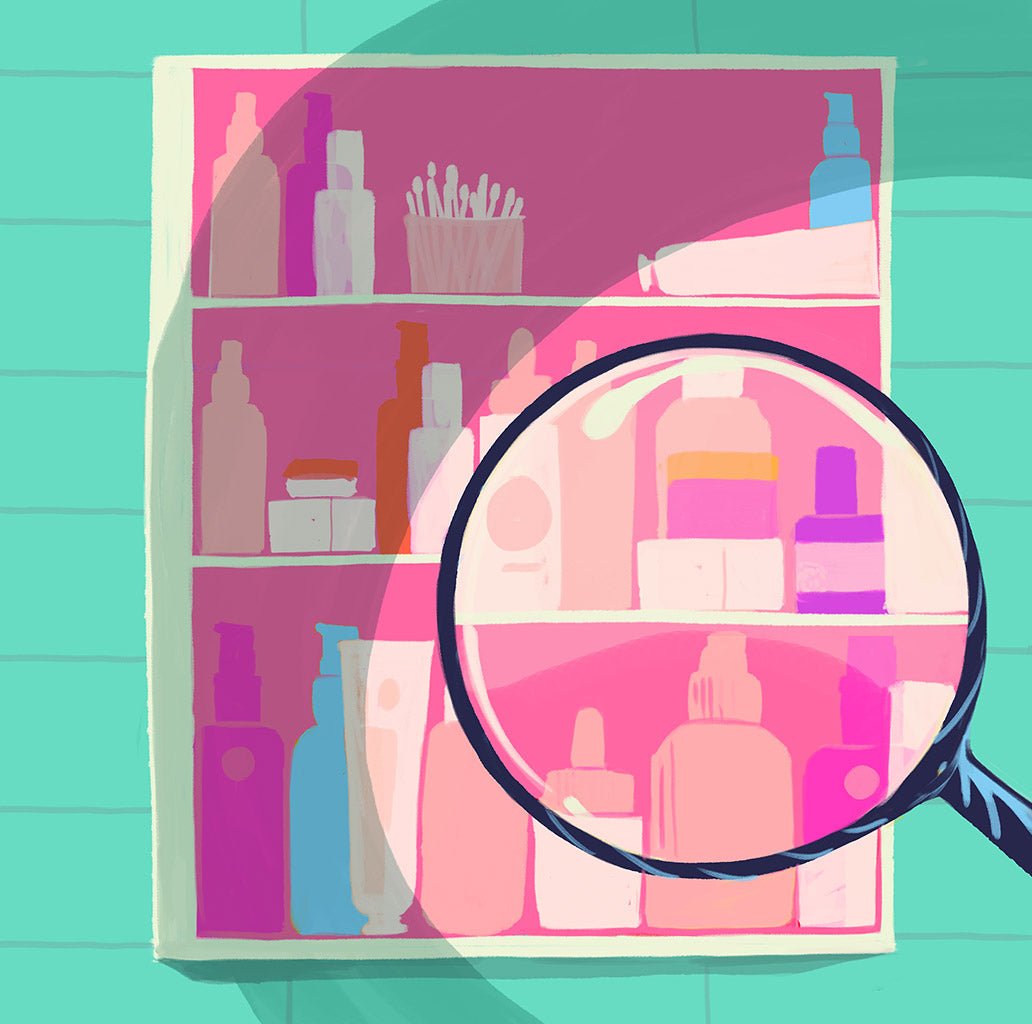
The Suspicious 6: Our Unique Philosophy
AUGUST 31, 2021
There will always be ingredients that we choose to avoid based upon our personal experiences and preferences.
Our one-of-a-kind philosophy on the Suspicious 6, on the other hand, is driven by science and supported by research. Among the Suspicious 6 are the most common skin sensitizers (which lead to symptoms like inflammation), with fragrances, dyes, and essential oils being the worst offenders. This is widely accepted in scientific literature.
What we know about skin aging, skin healing, and conditions like
acne has evolved from our increased understanding of skin’s
response to irritation. It is also widely understood that anything
that increases inflammation worsens concerns such as acne (an
inflammatory condition), sun damage (also an inflammatory
condition), and uneven skin tone and texture (both of which are
promoted and worsened by inflammation). [1,5,6,7]
Irritation and inflammation reduce the skin’s ability to heal
while also decimating the skin’s chief support substances
(collagen and elastin) and decreasing vital substances in the
skin’s acid mantle, such as ceramides, hyaluronic acid, and
antioxidants. Exposure to ingredients that irritate and inflame
the skin leaves it more vulnerable to damage by environmental
stressors, like sun, smoke, and pollution. [2,3]
Environmental irritants trigger inflammatory processes that lead
to cumulative damage within skin. The result is a deterioration of
collagen and elastin, impaired healing, and even greater
detrimental effects of environmental free radical damage.
[5,6,7,13,26,37]
The effect of inflammation on skin is cumulative—whether you’re
showing signs of irritation or not—and repeated exposure to
irritants contributes over time to a weakened skin barrier, slower
healing (including of red marks from acne), and an uneven
complexion. [5,2,7,25,38]
Removing substances known to cause irritation and inflammation will not only reduce unwanted skin behavior but be beneficial to the overall and continued health of skin.
Inflammation can also be at the root of many of the “skin types”
that we identify with. For example, irritation can trigger nerve
endings in the pores that in turn trigger the production of
androgens, hormones that increase oil production. [3,4]
Since acne is an inflammatory disorder, reducing inflammation will
reduce breakouts. But if skin continues to be irritated,
inflammation will also continue, worsening breakouts as well as
delaying their healing. [3,4,21,22,23,24]
The primary reason for chronically dry skin is an inability to
maintain moisture levels in the skin. Inflammation and irritation
disrupt the skin’s ability to hold on to vital fatty acids,
emollients, and other substances that keep it soft and pliable.
Over time, the skin’s inability to maintain healthy levels of
these substances leads to a dry, cracked, and inflamed skin
barrier. [14,15,27]
Based on the science behind this, we believe that removing
substances known to cause irritation and inflammation will not
only reduce unwanted skin behavior but be beneficial to the
overall and continued health of skin. [1,2,3,4,5,6,7,13,26,27,37]
Removing substances known to cause irritation and inflammation will not only reduce unwanted skin behavior but be beneficial to the overall and continued health of skin.
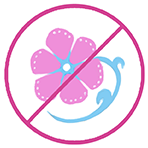
ESSENTIAL OILS
We know generally about the harmful effects of fragrance, both
naturally derived and synthetic, thanks to comprehensive data on
the subject (see above). But essential oils are particularly
insidious due to their complicated chemical structure and
potential to react upon exposure to both UV light and oxygen,
compounding their potential to harm skin.
[10,11,28,29,34,35,36,39,40,41]
This is due to the presence of a class of ingredients known as
furanocoumarins (psoralen) and coumarins, which are primarily
responsible for what’s known as a phototoxic reaction that occurs
when skin is exposed to the sun. The result can leave skin
discolored. [42,43,44,45]
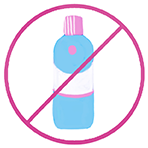
ALCOHOL
Formulas that contain alcohol—on an ingredients list, it appears as SD alcohol, denatured alcohol, alcohol denat., grain alcohol, ethyl alcohol, or just plain “alcohol”—reduce the skin’s ability to maintain moisture and hydration levels and can lead to an increase in oil production. [4,3,24]
While alcohol does enhance the penetration of active ingredients, it does this by dissolving and breaking down the vital lipids of the acid mantle—the very substances that keep your skin healthy over the long term. [30]
In fact, after regular and prolonged exposure to alcohol-based formulas, skin’s acid mantle is no longer able to keep water and cleansing agents from penetrating while washing, further eroding the skin’s barrier. [31]
The irony of using alcohol-based treatments for acne or in mattifying products is that the damage they cause leads to an increase in breakouts, enlarged pores, an increase in oil production within pores, and greater inflammation. [21,22,29]
Research has demonstrated that even at low levels, denatured alcohol (ethanol) causes free radical damage in skin. In one study, 3% alcohol (personal care products contain anywhere from 5% to 60% or higher) applied to skin cells in a lab setting over the course of 48 hours led to an increase in cell death by 26% and a reduction in inflammation-fighting cytokines while promoting free radical damage. That damage increased the longer cells were exposed to alcohol. That is, 48 hours of exposure was dramatically more harmful than 24 hours, and that is only a 3% concentration. [32]
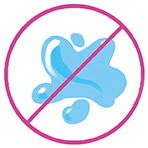
SILICONES
We avoid silicones due to their potential to “entrap” active ingredients, thereby reducing their bioavailability, and because we prefer alternatives that offer skin a more comprehensive benefit. We have found that this approach is preferred by our customers, many of whom have cited the presence of silicone as detrimental to their skin (provoking breakouts and unpleasant aesthetics).
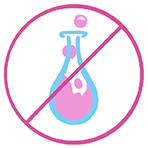
CHEMICAL SUNSCREENS
The term “chemical sunscreens” refers to multiple active
ingredients that provide varying degrees of protection against UVA
and UVB sun rays, depending on how they are combined and
stabilized. In the United States, avobenzone, oxybenzone,
octocrylene, octinoxate, and octisalate are all common examples.
[50]
We avoid this class of sunscreen actives because many people find
them to be irritating, particularly when used around the eye area.
As noted here, irritation is problematic for all skin, but it’s
especially so for people with skin disorders, like rosacea or
eczema. [5,6,7,48,49,50,51]
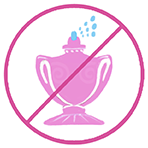
FRAGRANCE & DYES
Regular use of products that contain fragrance, whether naturally
derived or synthetic, leads to chronic inflammation, which damages
healthy collagen production, worsens undesirable skin conditions
(dryness, excessive oil production, breakouts), and impairs the
skin’s ability to heal. [5,6,10,11,12]
Fragrance and colorants (aka dyes), whether naturally derived or
synthetic, are the leading source of allergic reactions to
personal care products. [11,36,41]
The reaction can happen immediately or develop over time;
sometimes, when several fragranced products are used, the skin
reaches a critical tipping point and suddenly reacts, often
strongly. [2,5,7]
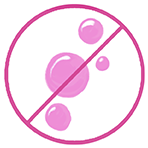
SODIUM LAURYL SULFATE
Sodium lauryl sulfate (SLS) is considered such a comprehensive skin irritant that it’s used as a standard comparison substance for measuring the skin irritancy of other ingredients. In other words, in scientific studies, when researchers want to establish whether or not an ingredient is problematic for skin, they compare its effect to that of SLS. [33]
In amounts of 2% to 5%, sodium lauryl sulfate can cause allergic
or sensitizing reactions. [46,47]
Though some may enjoy the feeling associated with using SLS—that
squeaky clean feeling—it is most likely an indication that the
skin is irritated, thereby worsening skin problems. [16]
It’s also important to note that many cleansers that use harsh
surfactants, like SLS, have an alkaline pH (i.e., a pH level of
greater than 8.0), which negatively impacts the acid mantle of
skin by causing irritation and increasing the presence of bacteria
compared to milder surfactants with a pH closer to that of skin
(i.e., around 5.5). [17,18,19,20]
CITATIONS
[1] Thornfeldt C. Chronic inflammation is etiology of extrinsic
aging. J Cosmet Dermatol. 2008;7(1):8-82.
[2] Basketter D, Darlenski R, Fluhr J. Skin irritation and
sensitization: mechanisms and new approaches for risk assessment.
Skin Pharmacol Physiol. 2008.;21(4):191-202.
[3] Jeremy A, Holland D, Roberts S, Thomson K, Cunliffe W.
Inflammatory events are involved in acne lesion initiation. J
Invest Dermatol. 2003;121(1):20-7.
[4] Tanghetti E. The role of inflammation in the pathology of
acne. J Clin Aesthet Dermatol. 2013;6(9):27-35.
[5] Baumann L. Skin ageing and its treatment. J Pathol.
2007;211(2):241-51.
[6] Puizina-Ivić N. Skin aging. Acta Dermatovenerol Alp Pannonica
Adriat. 2008;17(2):47-54.
[7] Rabe J, Mamelak A, McElgunn P, Morison W, Sauder D.
Photoaging: Mechanisms and repair. J Am Acad Dermato.
2006;55(1):1-19.
[10] Bakkalia F, Averbeck S, Averbeck D, Idaomar M. Biological
effects of essential oils - A review. Food Chem Toxicol.
2008;46(2):446-475.
[11] Johansen J. Fragrance contact allergy: a clinical review.
2003. Am J Clin Dermatol.;4(11):798-98.
[12] Jack A, Norris P, Storrs F. Allergic contact dermatitis to
plant extracts in cosmetics. Semin Cutan Med Surg.
2013;32(3):140-6.
[13] Poljsak B, Dahmane R. Free radicals and extrinsic skin aging.
Dermatol Res Pract. 2012;2012:135206.
[14] Harding C, Watkinson A, Rawlings A, Scott I. Dry skin,
moisturization and corneodesmolysis. Int J Cosmet Sci.
2000;22(1):21-52.
[15] Rawlings A. Trends in stratum corneum research and the
management of dry skin conditions. Int J Cosmet Sci.
2003;25(1-2):63-95.
[16] Gabard B, Chatelain E, Bieli E, Haas S. Surfactant
irritation: in vitro corneosurfametry and in vivo bioengineering.
Skin Res Technol. 2001;7(1):49-55.
[17] Gfatter R, Hackl P, Braun F. Effects of soap and detergents
on skin surface pH; stratum corneum hydration and fat content in
infants. Dermatology. 1997;195(3):358-62.
[18] Korting H, Braun-Falco O. The effect of detergents on skin pH
and its consequences. Clin Dermatol. 1996;14(1):23-7.
[19] Schmid M, Korting H. The concept of the acid mantle of the
skin: its relevance for the choice of skin cleansers. Dermatology.
1995;191(4):276-80.
[20] Baranda L, González-Amaro R, Torres-Alvarez B, Alvarez C,
Ramírez V. Correlation between pH and irritant effect of cleansers
marketed for dry skin. Int J Dermatol. 2002;41(8):494-9.
[21] Kurokawa I, Danby F, Ju Q, Wang X, Xiang L, Xia L, Chen W,
Nagy I, Picardo M, Suh D, et al. New developments in our
understanding of acne pathogenesis and treatment. Exp Dermatol.
2009;18(10):821-32.
[22] Toyoda M, Nakamura M, Morohashi M. Neuropeptides and
sebaceous glands. Eur J Dermatol. 2002;12(5):422-7.
[23] Toyoda M, Morohashi M. New aspects in acne inflammation.
Dermatology. 2003;206(1):17-23.
[24] Bhate K, Williams H. Epidemiology of acne vulgaris. Br J
Dermatol. 2013;168(3):474-485.
[25] Salminen A, Kaarniranta K, Kauppinen A. Inflammaging:
disturbed interplay between autophagy and inflammasomes. Aging.
2012;4(3):166-75.
[26] Franceschi C, Capri M, Monti D, Giunta S, Olivieri F, Sevini
F, Panourgia M, Invidia L, Celani L, Scurti M, et al. Inflammaging
and anti-inflammaging: a systemic perspective on aging and
longevity emerged from studies in humans. Mech Ageing Dev.
2007;128(1):92-5.
[27] Vestergaard C, Hvid M, Johansen C, Kemp K, Deleuran B,
Deleuran M. Inflammation-induced alterations in the skin barrier
function: implications in atopic dermatitis. Chem Immunol Allergy.
96:77-80. 2012;96:77-80.
[28] Kejlová K, Jírová D, Bendová H, Gajdoš P, Kolářová H.
Phototoxicity of essential oils intended for cosmetic use. Toxicol
In Vitro. 2010;24(8):2084-9.
[29] Tschiggerl C, Bucar F. Volatile fraction of lavender and
bitter fennel infusion extracts. Nat Prod Commun.
2010;5(9):1431-6.
[30] Kwak S, Brief E, Langlais D, Kitson N, Lafleur M, Thewalt J.
Ethanol perturbs lipid organization in models of stratum corneum
membranes: An investigation combining differential scanning
calorimetry; infrared and (2)H NMR spectroscopy. Biochim Biophys
Acta. 2012;1818(5):1410-9.
[31] Kownatzki E. Hand hygiene and skin health. J Hosp Infect.
2003;55(4):239-45.
[32] Neuman M, Haber J, Malkiewicz I, Cameron R, Katz G, Shear N.
Ethanol signals for apoptosis in cultured skin cells. Alcohol.
2002;26(3):179-90.
[33] Robinson V, Bergfeld W, Belsito D, Hill R, Klaassen C, Marks
JJ, Shank R, Slaga T, Snyder P, Andersen A. Final report of the
amended safety assessment of sodium laureth sulfate and related
salts of sulfated ethoxylated alcohols. Int J Toxicol.
2010;29(4S):151S-61S.
[34] Kaddu S, Ker lH, Wolf P. Accidental bullous phototoxic
reactions to bergamot aromatherapy oil. J Am Acad Dermatol.
2001;45(3):458-61.
[35] Yasui Y, Hirone T. Action spectrum for bergamot-oil
phototoxicity measured by sunburn cell counting. J Dermatol.
1994;21(5):319-22.
[36] Nardelli A, D’Hooghe E, Drieghe J, Dooms M, Goossens A.
Allergic contact dermatitis from fragrance components in specific
topical pharmaceutical products in Belgium. Contact Dermatitis.
2009;60(6):303-13.
[37] Zuang V, Rona C, Archer G, Berardesca E. Detection of Skin
Irritation Potential of Cosmetics by Non-Invasive Measurements.
Skin Pharmacol Appl Skin Physiol. 2000.;13:358-371.
[38] Perkins M, Osterhues M, Farage M, Robinson M. A noninvasive
method to assess skin irritation and compromised skin conditions
using simple tape adsorption of molecular markers of inflammation.
Skin Res Technol. 2001;7(4):224-37.
[39] Higgins C, Palmer A, Nixon R. Eucalyptus oil: contact allergy
and safety. Contact Dermatitis. 2015;72(5):344-6.
[40] Nielsen J. Natural oils affect the human skin integrity and
the percutaneous penetration of benzoic acid dose-dependently.
Basic Clin Pharmacol Toxicol. 2006;98(6):575-81.
[41] Dinkloh A, Worm M, Geier J, Schnuch A, Wollenberg A. Contact
sensitization in patients with suspected cosmetic intolerance:
results of the IVDK 2006-2011. J Eur Acad Dermatol Venereol.
2015;29(6):1071-81.
[42] Ibuki Y, Toyooka T. Evaluation of chemical phototoxicity,
focusing on phosphorylated histone H2AX. J Radiat Res.
2015;56(2):220-228.
[43] Hata T, Sakaguchi I, Mori M, Ikeda N, Kato Y, Minamino M,
Watabe K. Induction of apoptosis by Citrus paradisi essential oil
in human leukemic (HL-60) cells. In Vivo. 2003;17(6):553-9.
[44] Njoroge S, Koaze H, Karanja P, Sawamura M. Volatile
constituents of redblush grapefruit (Citrus paradisi) and pummelo
(Citrus grandis) peel essential oils from Kenya. J Agric Food
Chem. 2005;53(25):9790-4.
[45] Dugrand A, Olry A, Duval T, Hehn A, Froelicher Y, Bourgaud F.
Coumarin and furanocoumarin quantitation in citrus peel via
ultraperformance liquid chromatography coupled with mass
spectrometry (UPLC-MS). J Agric Food Chem.
2013;61(45):10677-84.
[46] Löffler H, Pirker C, Aramaki J, Frosch P, Happle R, I. E.
Evaluation of skin susceptibility to irritancy by routine patch
testing with sodium lauryl sulfate. Eur J Dermatol.
2001;11(5):416-9.
[47] Löffler H, Freyschmidt-Paul P, Effendy I, Maibach H. Pitfalls
of irritant patch testing using different test chamber sizes. Am J
Contact Dermat. 2001;12(1):28-32.
[48] Kerr A, Ferguson J. Photoallergic contact dermatitis.
Photodermatol Photoimmunol Photomed. 2010;26:56–65.
[49] Heurung AR, Raju SI, Warshaw EM. Adverse reactions to
sunscreen agents: epidemiology, responsible irritants and
allergens, clinical characteristics, and management. Dermatitis.
2014 Nov-Dec;25(6):289-326
[50] Moloney FJ, Collins S, Murphy GM. Sunscreens: safety,
efficacy and appropriate use. Am J Clin Dermatol.
2002;3(3):185-91.
[51] Krause M, Klit A, Blomberg Jensen M, Søeborg T, Frederiksen
H, Schlumpf M, Lichtensteiger W, Skakkebaek NE, Drzewiecki KT.
Sunscreens: are they beneficial for health? An overview of
endocrine disrupting properties of UV-filters. Int. J. Androl.
2012 Jun;35(3):424-36.






